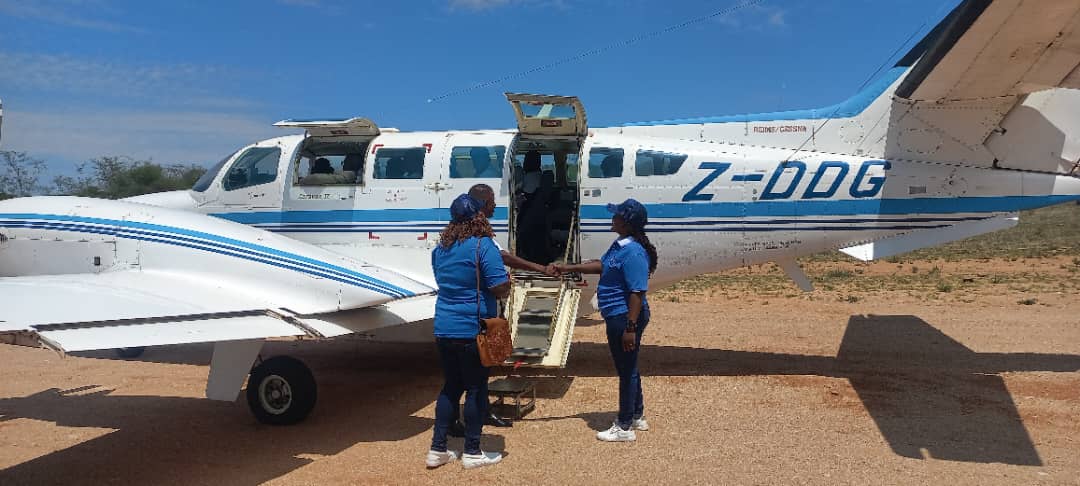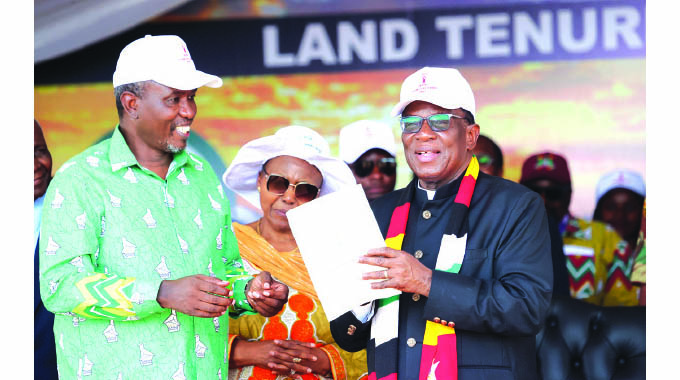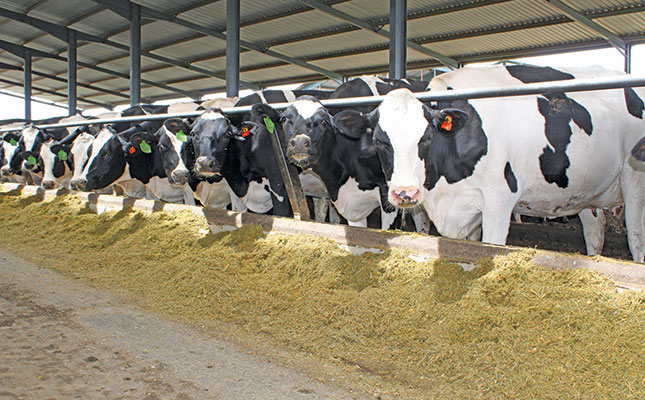Zimbabwe's smallholder dairy farmers are reeling from financial distress as over US$3.4 million collected through a mandatory 5% dairy import levy remains unreleased, nearly two years after its introduction.
The Dairy Revitalisation Fund (DRF) - established under a 2022 statutory provision and enacted into law in January 2023 - was designed to channel proceeds from the dairy import levy toward rebuilding Zimbabwe's domestic dairy industry. The fund aimed to boost local milk production, support small-scale farmers, and finance the importation of high-quality dairy heifers and sexed semen.
However, despite the collection of approximately US$3.395 million from US$67.9 million worth of dairy imports since the levy's inception, no funds have been disbursed to date, according to industry stakeholders.
Speaking last week, Deputy Agriculture Minister Davis Marapira confirmed the hold-up, saying the ministry was "fighting with Treasury" to unlock the funds.
"Where 5% on imports is charged by our government for all dairy products and the Treasury is not releasing that money, we will fight with the Treasury to make sure that the dairy farmers benefit from that retention," Marapira said.
Reneth Mano, Executive Administrator of the Livestock and Meat Advisory Council (LMAC), said the delay is undermining efforts to revitalise the sector.
"It is our understanding that all the technical clarifications needed by the Treasury were addressed by the designated fund manager in 2024," Mano told businessdigest.
"Hence, expectations are very high that the Treasury will soon confirm disbursement of the US$3.4 million so that planned investment activities for the smallholder dairy revitalisation programme may kick off in the second half of the fiscal year 2025."
Mano revealed that in 2023, stakeholders, including the Ministry of Agriculture, dairy farmer associations, and the fund manager, set up operational modalities for the fund—laying the groundwork for disbursements which were expected by early 2024.
Members of the Zimbabwe Association of Dairy Farmers (ZADF) have been hardest hit, suffering from productivity losses caused by poor genetics and high feed costs.
"At current production costs, smallholder dairy farmers require producer prices of US$0.65 to US$0.75 per litre to remain viable," Mano explained.
"But for Zimbabwe to be regionally competitive, producer prices must fall to between US$0.35 and US$0.45 per litre—levels seen in East and Central Africa."
To lower costs, Mano urged investment in on-farm feed production, including silage and protein-rich fodder such as nitrogen-fixing trees and grasses used in agroforestry systems.
"Financial resources to establish seed banks and capacitate small-scale farmers for efficient fodder production were clearly provided for under the terms of the Statutory Levy and DRF," he noted.
The dairy sector, which contributes significantly to Zimbabwe's food and nutrition security, is now at a crossroads. Without urgent disbursement of DRF funds, smallholder farmers may be forced to scale down or abandon dairy operations altogether.
As Treasury remains silent, pressure is mounting for the government to honour its statutory obligations and rescue a sector seen as crucial to the country's agricultural recovery and import substitution goals.
- The Independent
 Zimbabwe launches new airline
Zimbabwe launches new airline  Hichilema meets Chivayo
Hichilema meets Chivayo  Millions celebrate Diwali festival in India
Millions celebrate Diwali festival in India  SA bitcoin firm mulls Zimbabwe listing
SA bitcoin firm mulls Zimbabwe listing  Gold edges up as traders await guidance
Gold edges up as traders await guidance  Airlink applies for Lanseria to Harare, Bulawayo route
Airlink applies for Lanseria to Harare, Bulawayo route  Young Investment Professional (YIP) Graduate Programme 2019
Young Investment Professional (YIP) Graduate Programme 2019 











 Young Investment Professional (YIP) Graduate Programme 2019
Young Investment Professional (YIP) Graduate Programme 2019
Editor's Pick